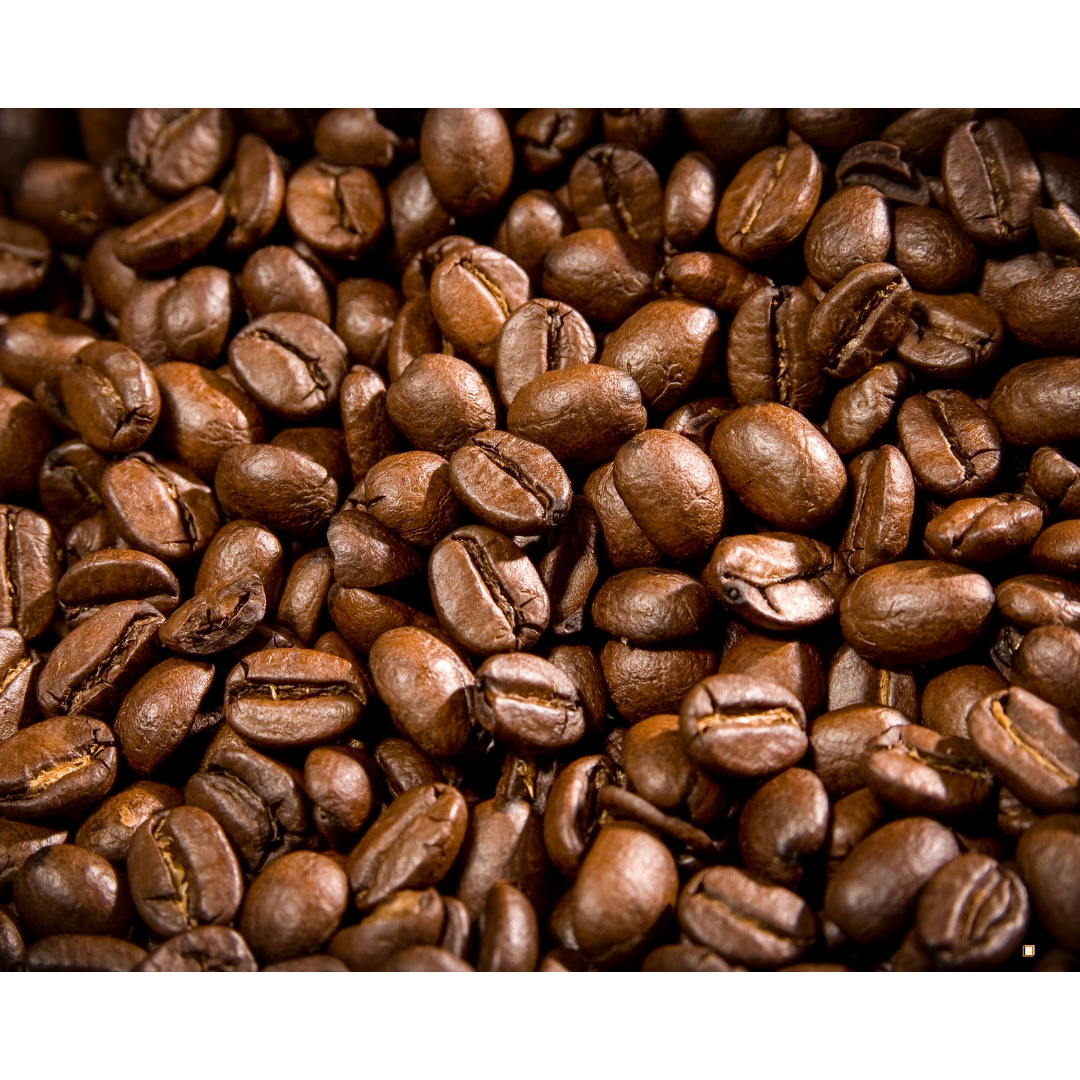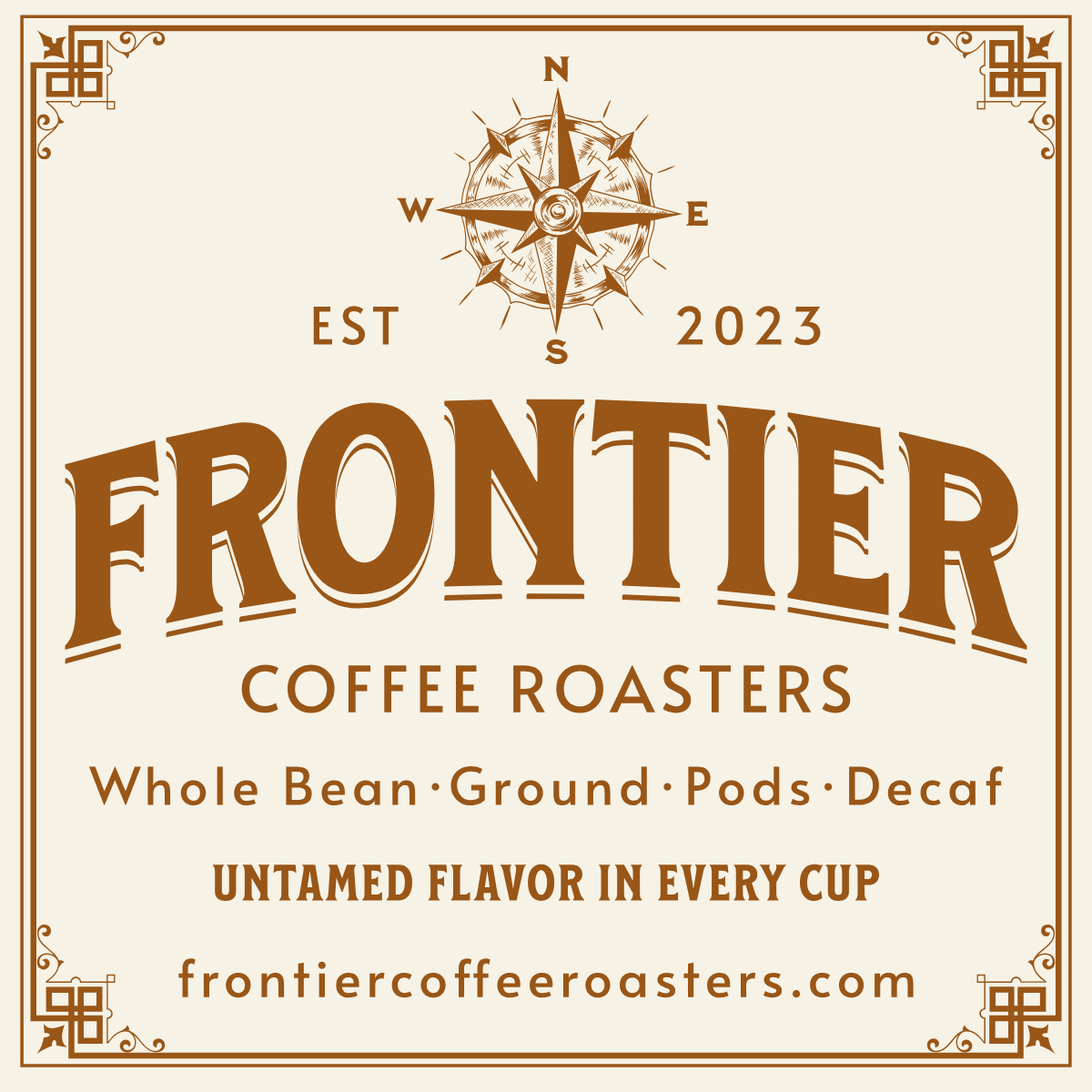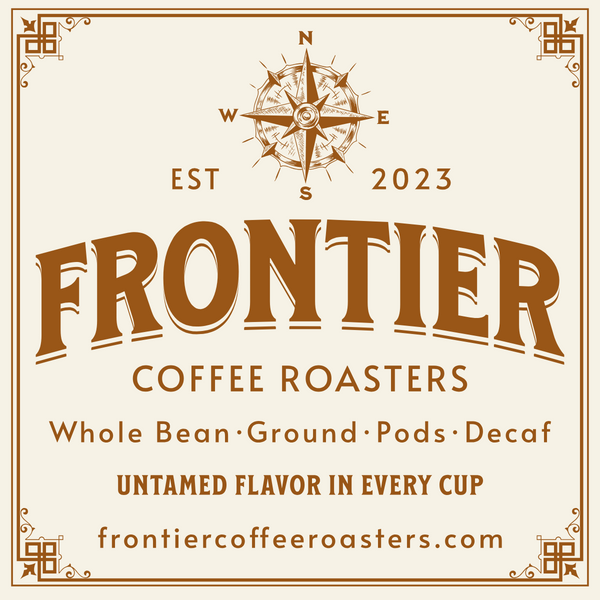
How to Choose the Perfect Roast Level in Small Batch Coffee
Small batch coffee is celebrated for its exceptional flavor, quality, and craftsmanship. One of the most important factors in creating a great cup is the roast level. Whether you love the bright acidity of a light roast, the balanced complexity of a medium roast, or the rich intensity of a dark roast, understanding how roast levels influence flavor is key to finding your perfect brew. Let’s explore the nuances of roast levels and how to choose the one that best suits your taste and brewing preferences.
Understanding Roast Levels
Coffee roasting is both an art and a science. The process transforms green coffee beans into the aromatic and flavorful beans we brew at home. Each roast level brings out different characteristics of the coffee, from its natural flavors to its texture and body. Here are the main roast levels you’ll encounter:
-
Light Roast
Light roasts are roasted for a shorter time, resulting in a lighter brown color and no visible oils on the surface of the bean. This roast level preserves the bean’s natural flavors and acidity, making it ideal for showcasing the unique characteristics of its origin. Light roasts often have bright, fruity, or floral notes, making them a favorite among third-wave coffee enthusiasts. - Flavor Profile: High acidity, vibrant fruitiness, and complex floral or herbal notes.
- Best Brewing Methods: Pour-over, Chemex, AeroPress.
-
Medium Roast
Medium roasts strike a balance between preserving the bean’s origin flavors and introducing caramelization from the roasting process. These coffees are slightly darker than light roasts, with a fuller body and more developed sweetness. Medium roasts often appeal to a wide range of palates. - Flavor Profile: Balanced acidity, sweetness, and body, with notes of caramel, chocolate, and nuts.
- Best Brewing Methods: Drip coffee makers, French press, pour-over.
-
Dark Roast
Dark roasts are roasted the longest, resulting in a deep brown color and an oily surface on the beans. The extended roasting process creates bold, smoky, and bittersweet flavors while reducing the coffee’s acidity. Dark roasts are perfect for those who enjoy a strong, robust cup. - Flavor Profile: Low acidity, full-bodied, with notes of dark chocolate, caramelized sugar, and smoky undertones.
- Best Brewing Methods: Espresso, French press, cold brew.
Factors to Consider When Choosing a Roast Level
-
Flavor Preferences
Your personal flavor preferences play the biggest role in choosing a roast level. If you enjoy vibrant and fruity flavors, go for a light roast. If you prefer balance and sweetness, a medium roast is a great choice. For bold and intense flavors, dark roast is the way to go. -
Brewing Method
Different brewing methods can highlight specific aspects of a roast. For example, a pour-over brings out the clarity and brightness of a light roast, while a French press emphasizes the body and depth of a dark roast. Consider how you typically brew your coffee when selecting a roast level. -
Caffeine Content
Contrary to popular belief, light roasts generally contain slightly more caffeine than dark roasts. If caffeine content is a factor for you, keep this in mind when choosing a roast level. -
Food Pairings
The roast level can also influence how well the coffee pairs with food. Light roasts complement fruity desserts or pastries, medium roasts work well with breakfast staples like eggs and toast, and dark roasts shine alongside chocolate-based treats or savory dishes. -
Bean Origin
Certain origins naturally lend themselves to specific roast levels. For example, Ethiopian beans are often roasted light to highlight their fruity and floral notes, while Indonesian beans are frequently roasted dark to emphasize their earthy and bold flavors.
Tips for Experimenting with Roast Levels
-
Start with Single-Origin Coffees
Single-origin coffees are an excellent way to explore how roast levels affect flavor. By focusing on beans from one region, you can better appreciate how the roast enhances or alters the coffee’s natural characteristics. -
Try Different Brewing Methods
Experimenting with various brewing methods can help you discover how each roast level performs. For example, a light roast might surprise you with its sweetness in a Chemex, while a dark roast can deliver a creamy richness in an espresso shot. -
Keep Notes
As you explore different roast levels, keep a coffee journal to record your observations. Note the flavor profiles, body, and acidity of each roast, as well as how it performed with your preferred brewing method. Over time, you’ll gain a deeper understanding of what you enjoy most.
Why Roast Levels Matter in Small Batch Coffee
Small batch coffee emphasizes quality and precision, and roast levels are a crucial part of that equation. Because small batch roasters often focus on carefully sourced, high-quality beans, the roast level is chosen to enhance the beans’ best attributes. This attention to detail ensures that you experience the full potential of each coffee.
How Frontier Coffee Roasters Can Help You Find Your Perfect Roast
At Frontier Coffee Roasters, we specialize in small batch coffee roasted with care and precision to bring out the unique character of every bean. Whether you're drawn to the vibrant acidity of a light roast, the smooth sweetness of a medium roast, or the deep, bold richness of a dark roast, our selection is crafted to suit your taste and brewing style.
Explore the world of expertly roasted coffee tailored to your palate, and experience the satisfaction of a cup made just for you. To learn more about our process and passion for the craft, visit our small batch coffee hub.

